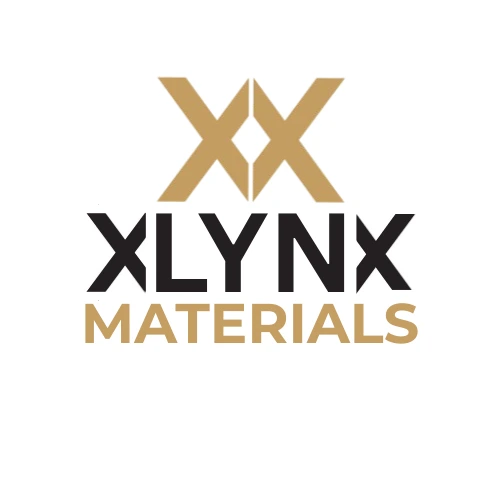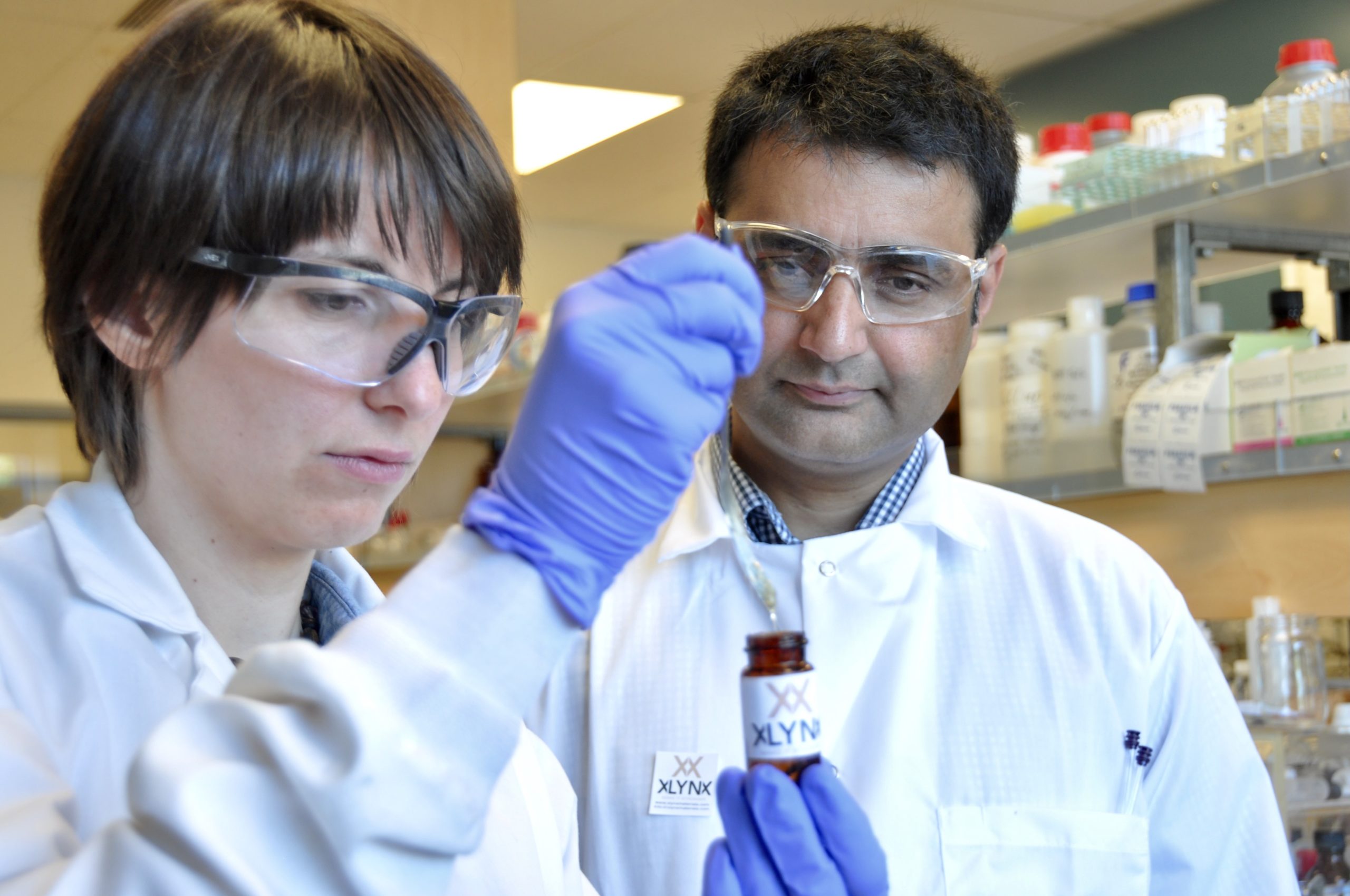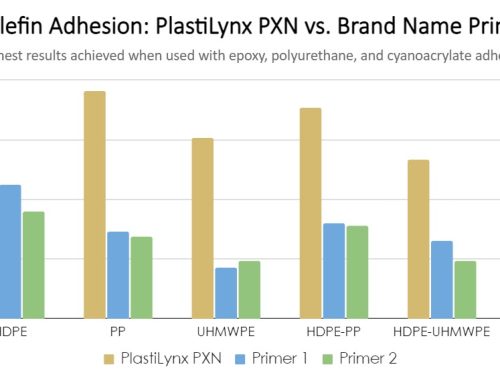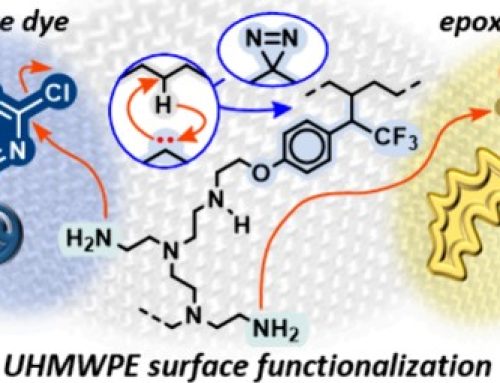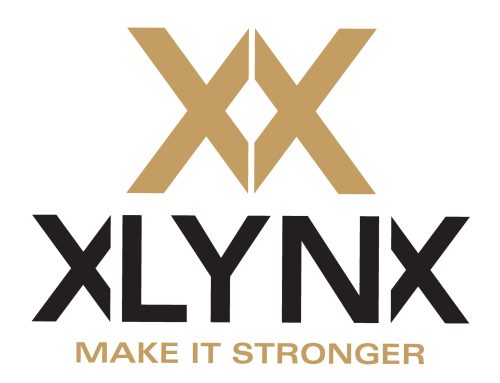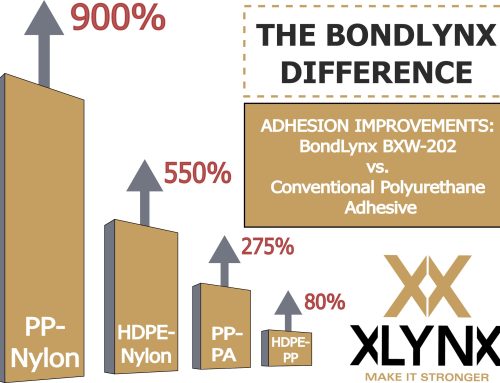When treated with PlastiLynx, low-surface-energy polymers such as polyethylene and polypropylene can be successfully bonded with commercial adhesives.
Plastics Today, July 13, 2022 – Specialty chemicals company XlynX Materials Inc. has introduced a surface-activating primer designed specifically for use with low-surface-energy polymers, such as polyethylene and polypropylene. The PlastiLynx primer and sizing agent is based on XlynX’s diazirine-based crosslinking technology that enables the formation of strong covalent bonds with unreactive polymer substrates, including films, solids, and fibers.
“Polymers like polyethylene, polypropylene, and fluoropolymers are widely used, but are limited by their lack of reactive cross-linkable groups,” explains Dr. Jeremy Wulff, Professor of Organic Chemistry at the University of Victoria and XlynX’s lead chemist. “PlastiLynx solves this by covalently crosslinking with the unreactive polymer to leave a layer of reactive amine groups on its surface, which can then be reacted with other compounds. The potential applications for activated polymers such as this are nearly limitless.”
Once treated with PlastiLynx, low-surface-energy polymers can be successfully bonded using a variety of commercial adhesives. To demonstrate the strength of these bonds, PlastiLynx-primed HDPE substrates were bonded with a polyurethane adhesive and subjected to lap shear testing. The adhesive strength of this primer/adhesive combination reportedly is nine times greater than polyurethane adhesive used on its own.

The PlastiLynx primer and sizing agent enables the formation of strong covalent bonds with unreactive polymer substrates.
The XlynX team is currently exploring other applications made possible by PlastiLynx surface activation. Polymers treated with PlastiLynx are made receptive to amine-reactive dyes and other coatings to add long lasting color to unreactive surfaces and textiles, while PlastiLynx-primed textiles, such as ultra-high-molecular-weight polyethylene, exhibit higher tensile strength compared with unprimed counterparts, said the company. Further testing is underway around its use in creating lightweight polymer composites and strong lightweight ballistics fabrics.
“While we’re still uncovering the full potential of PlastiLynx, it feels like this could be a real game changer,” said XlynX President Peter Berrang.
PlastiLynx is non-toxic, water soluble, and easy to apply. It is cured either by UV light (365 nm) or moderate heat (110°C). Once cured, the activated surface is very stable, according to the company.
Samples of PlastiLynx are now available for testing and research purposes. Interested parties should contact XlynX.

